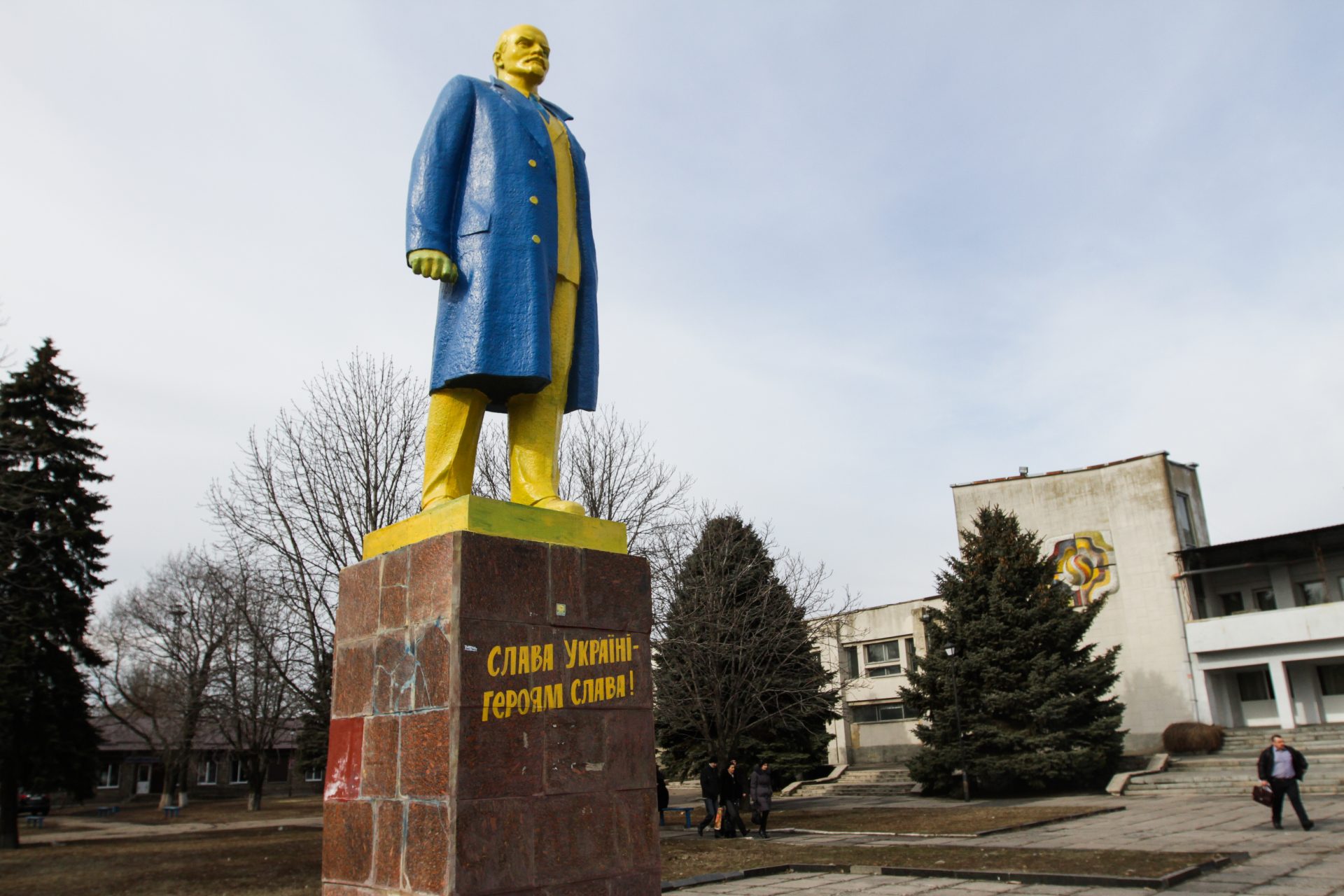Remember when the James Webb Space Telescope discovered something that couldn't exist?
The James Webb Space Telescope is a modern marvel the international community came together to build with the expectation the new observational tool would make some amazing discoveries, and it sure hasn't disappointed since it was launched.
Some images captured by the telescope during a space survey back in 2023 made our understanding of the universe even more complicated after something weird.
Pictures taken during the exploration of a patch of night sky close to the Big Dipper found several abnormally old galaxies that should not exist.
Photo: NASA
Hidden within images taken by the James Webb Space Telescope were subtle traces of six massive galaxies that astrophysicists argue must have come into existence shortly after the Big Bang, galaxies so old and so large that they couldn’t possibly be real.
Photo: NASA
“These objects are way more massive than anyone expected,' said Joel Leja, a professor of astronomy and astrophysics at Penn State University and one of the researchers who modeled light from the discovered galaxies according to the science news website phys.org.
Photo: NASA
"We expected only to find tiny, young, baby galaxies at this point in time, but we've discovered galaxies as mature as our own in what was previously understood to be the dawn of the universe," Leja added.
Photo by Flickr @James Webb Space Telescope
The age and size of these galaxies were important because if the preliminary data gathered from the space survey was true, it promised to upend everything we knew about the formation of our early universe.
“Each of the candidate galaxies may have existed at the dawn of the universe roughly 500 to 700 million years after the Big Bang, or more than 13 billion years ago.” wrote Daniel Strain of the University of Boulder Colorado.
Photo by Ball Aerospace available at Wikicommons
“They’re also gigantic,” Strain continued, adding that each galaxy contained “almost as many stars as the modern-day Milky Way Galaxy.”
Photo by Flickr @James Webb Space Telescope
Researchers at the time still needed more data to confirm that the galaxies were as old and as big as appeared according to Science Daily, but the publication reported that the discovery offered “a tantalizing taste of how James Webb could rewrite astronomy textbooks.”
Photo: NASA
“It’s bananas,” said Erica Nelson, an astrophysicist from the University of Colorado and one of the co-authors of the research that identified the six ancient galaxies.
Photo by Ball Aerospace available at Wikicommons
“You just don’t expect the early universe to be able to organize itself that quickly. These galaxies should not have had time to form,” Nelson added.
Leja echoed Nelson’s statement, saying that the “revelation that massive galaxy formation began extremely early in the history of the universe upends what many of us had thought was settled science."
According to Leja, several members of the research team were informally referring to the six supermassive galaxies they discovered at the time as “universe breakers” because of the implications the discovery could have on what we know about the cosmos.
Photo: NASA
While the science is difficult to understand, it essentially boiled down to each of the six galaxies being so large that they cannot coexist with what Leja said was 99% of our current cosmology models.
"We looked into the very early universe for the first time and had no idea what we were going to find," Leja said.
"It turns out we found something so unexpected it actually creates problems for science. It calls the whole picture of early galaxy formation into question."
More for you
Top Stories






























